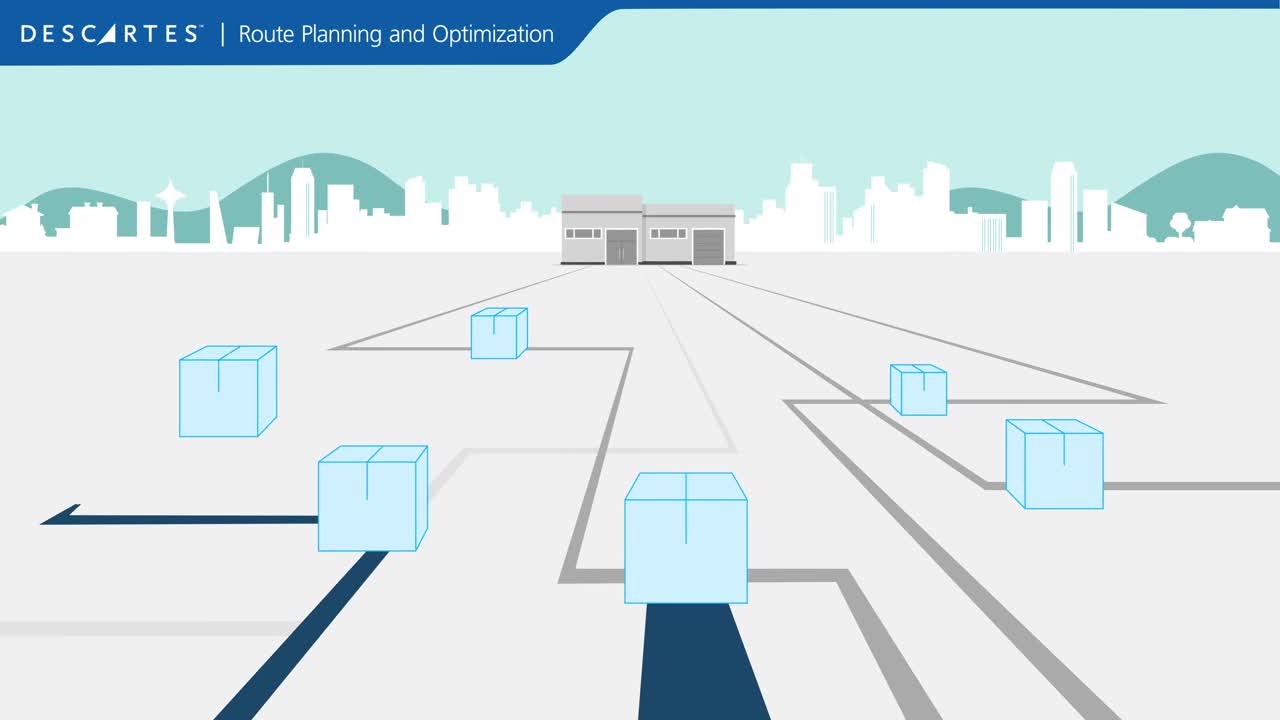9 Ways to Improve Driver Productivity and Retention
Driver performance and retention are critical for maximizing fleet productivity and customer experience.
Today’s driver shortage points to the importance that high-performing drivers play in fleet productivity and achieving a superior customer experience. Given how costly fleets are to operate, every driver needs to execute their route as efficiently as possible.
At the same time, minimizing driver turnover is essential as more experienced drivers are more productive and finding quality replacements is hard than ever. It is possible to make drivers more productive and reduce their stress at the same time.
A significant side effect of better driver performance is a better customer experience as drivers are not harried to execute their routes and can spend the planned time with the customer to help ensure a superior delivery experience.
Driver Productivity
Optimizing driver productivity can be challenging as some drivers perform better than others. This variability increases as more of the route decisions are left to the driver. By starting with an optimized delivery plan and helping the driver during the execution of the route, every driver can perform at the level of your best driver.

4 Ways to Improve Driver Productivity
1. Optimizing the route for maximum delivery productivity and customer service
It should not be left to drivers to determine the deliveries they will make and the sequence they will deliver them. At best they are only sub optimizing their delivery productivity.
Instead, the greatest driver productivity comes when all the deliveries are combined into a single delivery plan and trade-offs can be made on what deliveries go on what routes and in what sequence for the greatest overall efficiency
2. Create accurate models of the delivery process
Getting the details about customers, products, vehicles, road networks, etc. right is essential to making drivers as productive as possible. Too many delivery plans have unproductive slack built in them because they don’t have the fidelity to accurately model what will happen.
For example, stop times that are general may result in drivers having excess time at the customer and if modeled correctly, could have resulted in more stops per route.
3. Guide the driver through the route
Drivers can lower their productivity by not necessarily following the route sequence or driving instructions. Instead, mobile applications with the route and turn-by-turn navigation to guide drivers will result in better adherence to the delivery plan and more consistent driver delivery performance
4. Proactively address route disruptions
Whether it’s the weather, traffic or customer cancellations, drivers are faced with making choices on how to modify their routes to minimize disruptions. Again, instead of leaving these decisions to the driver, the use of semi- or fully automated resequencing and driving instructions can help ensure the driver executes a modified route that is the most productive.
INDUSTRY WHITE PAPER
Rethinking Route Optimization
When evaluating route planning software, it is important to ensure you validate that route optimization capabilities cover all of your use cases. Download this white paper to learn how your company can become more flexible and productive to thrive in the new normal.
Driver Retention
Senior drivers do a better job than newly hired ones. They are more productive and consistently meet time window commitments and require less coaching. Driver turnover has been historically high for many fleets, but with today’s tight labor market, fixing it can no longer be avoided.
Driver pay has impacted driver retention, which most companies have recognized and addressed. Stress, however, has become the leading reason drivers leave their jobs; alleviating this stress needs to be one of the top strategies for distribution companies.
Much of the stress drivers face relates to the quality of routes they are given, the level of data capture required before, during, and after the route is executed, and, most importantly, the fact they are “on their own” to find ways to manage the disruption but still make all their customer delivery promises.
5 Ways to Improve Driver Satisfaction and Reduce Stress
1. Create more feasible and realistic delivery routes
Poor route design means that drivers must come up with their own route sequence or scramble in route to make their deliveries in the time allotted.
2. Streamline work processes
Mobile applications are powerful ways to collect data and enforce delivery processes. They can also be crushing in terms of the work they put on a driver. Without a thorough streamlining of work processes and data collection, workflows can cripple productivity and create the kind of stress that causes drivers to leave.
3. Reduce number of mobile apps
Often, drivers also are forced to use multiple mobile apps to meet logistics, commercial, and safety requirements of distribution companies. Distribution companies need to look for mobile apps that can span multiple delivery and safety processes or can be seamlessly integrated into other applications to reduce driver stress and improve productivity.
4. Proactively address route disruptions
The combination of real-time route status updates and algorithms provides drivers with advanced guidance to avoid congested areas and resequence stops so drivers can focus on driving and delivering.
5. Manage the driver's day
Beyond disruptions, there are many other decisions drivers must make such as when to take breaks and capturing changes in delivery locations. Instead, let the route planning solution incorporate breaks into driver schedules to ensure they meet regulatory or company policies.
Also, use the mobile app to allow drivers to easily capture exception information, so it can be either addressed in real-time by dispatchers or managers or incorporated into the next planning cycle.
Fleet Resource Center
Expand Your Routing, Mobile & Telematics Knowledge
Recommended For You



